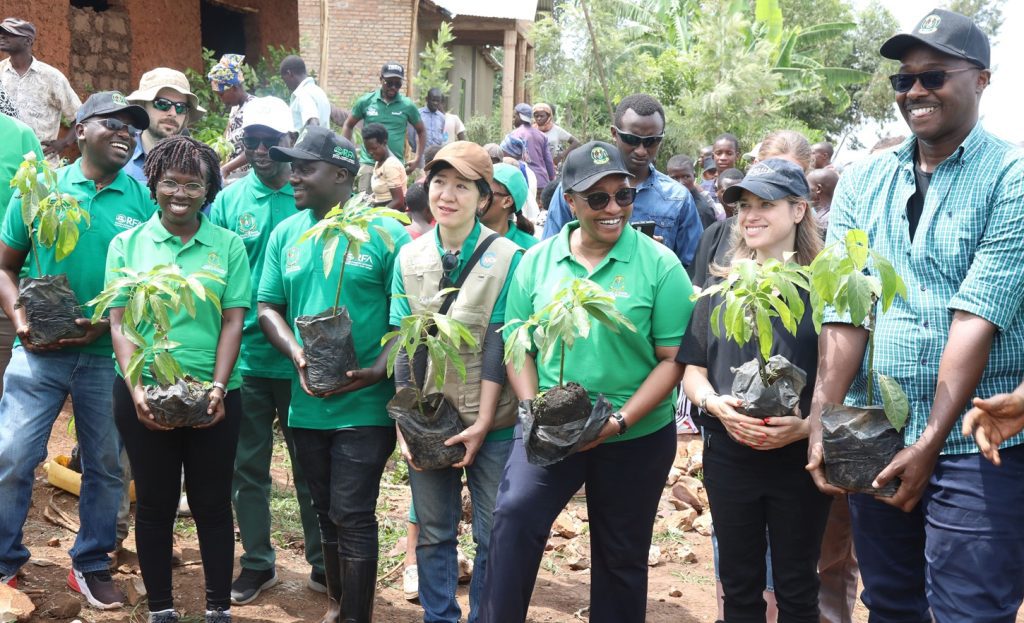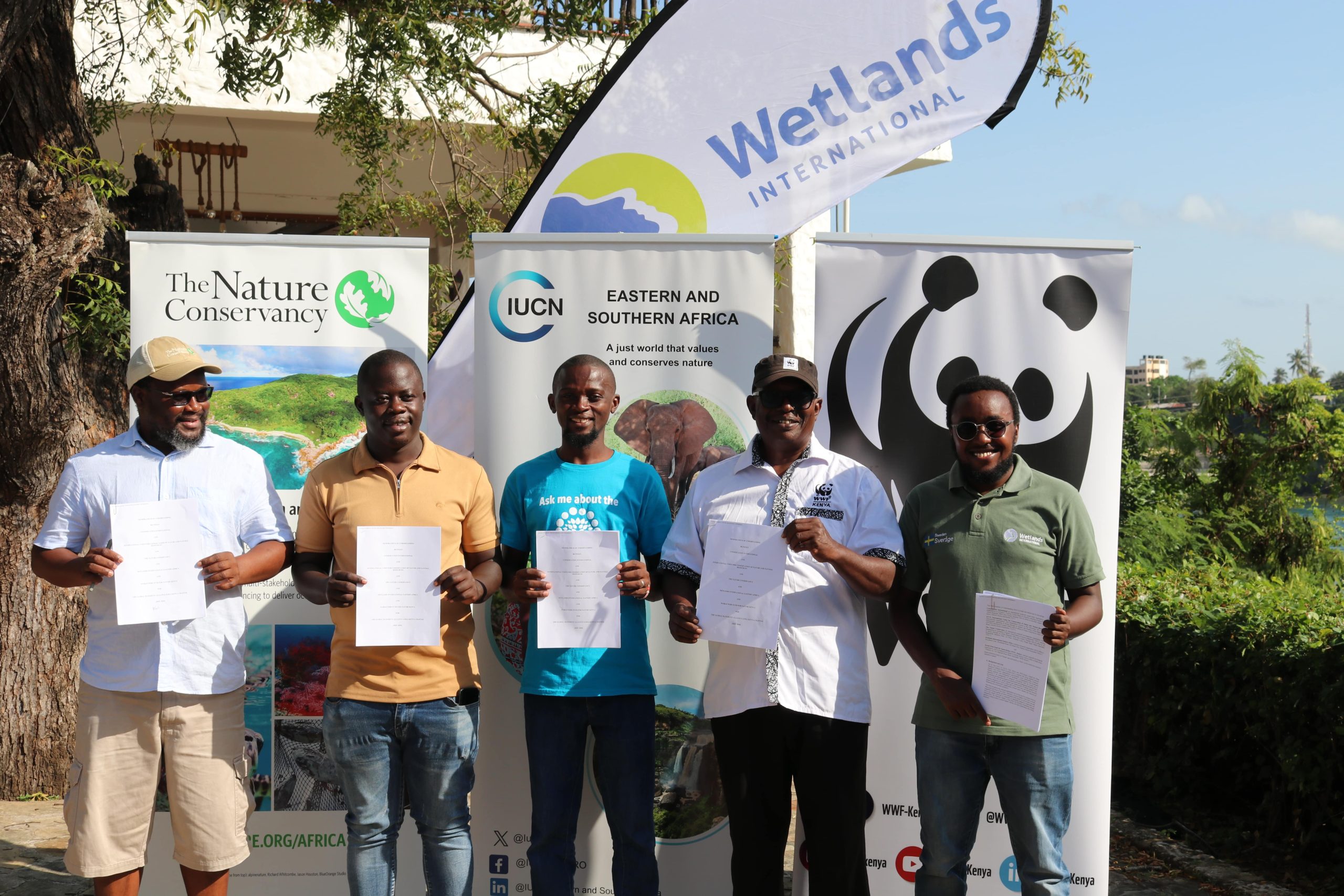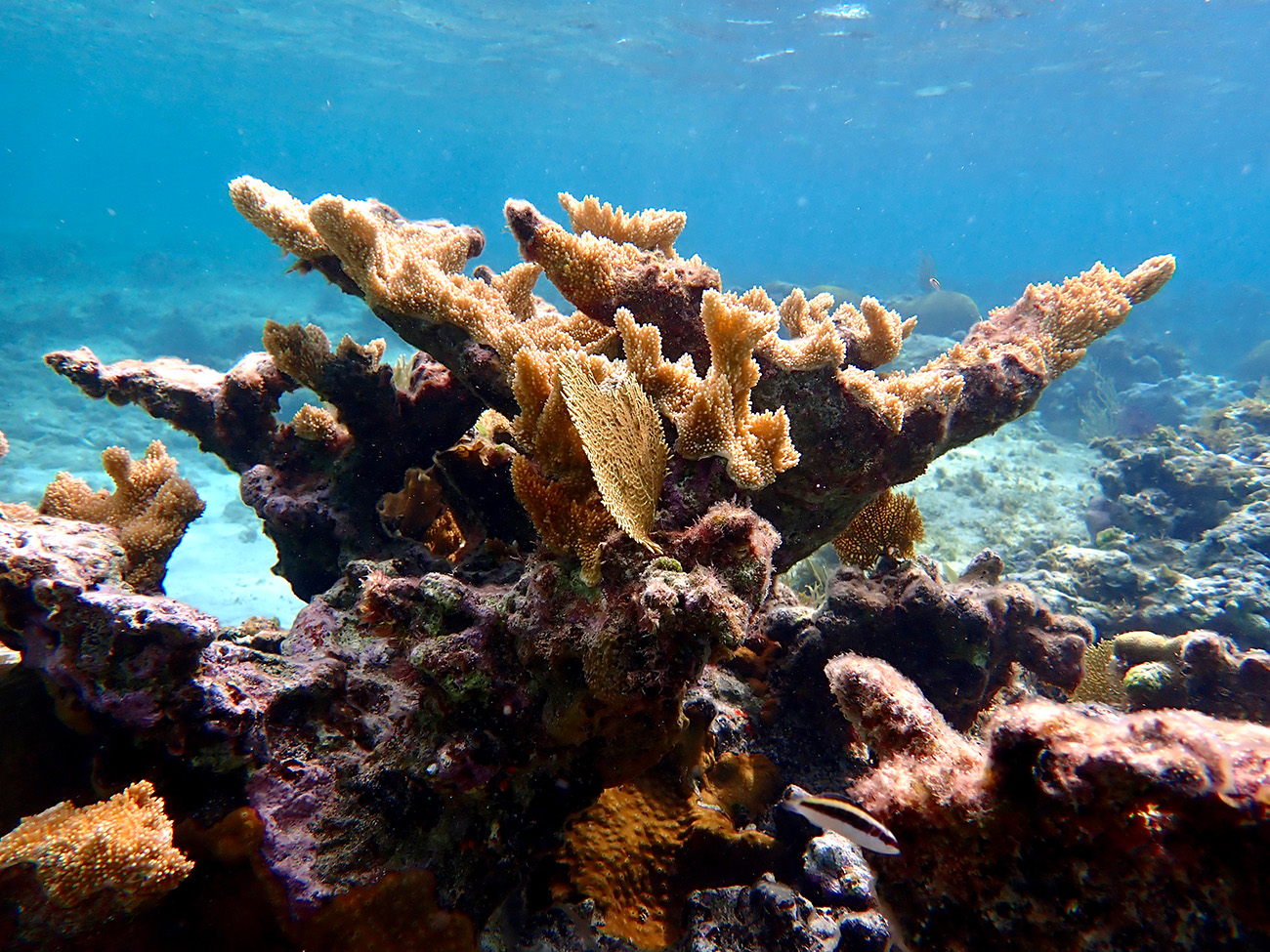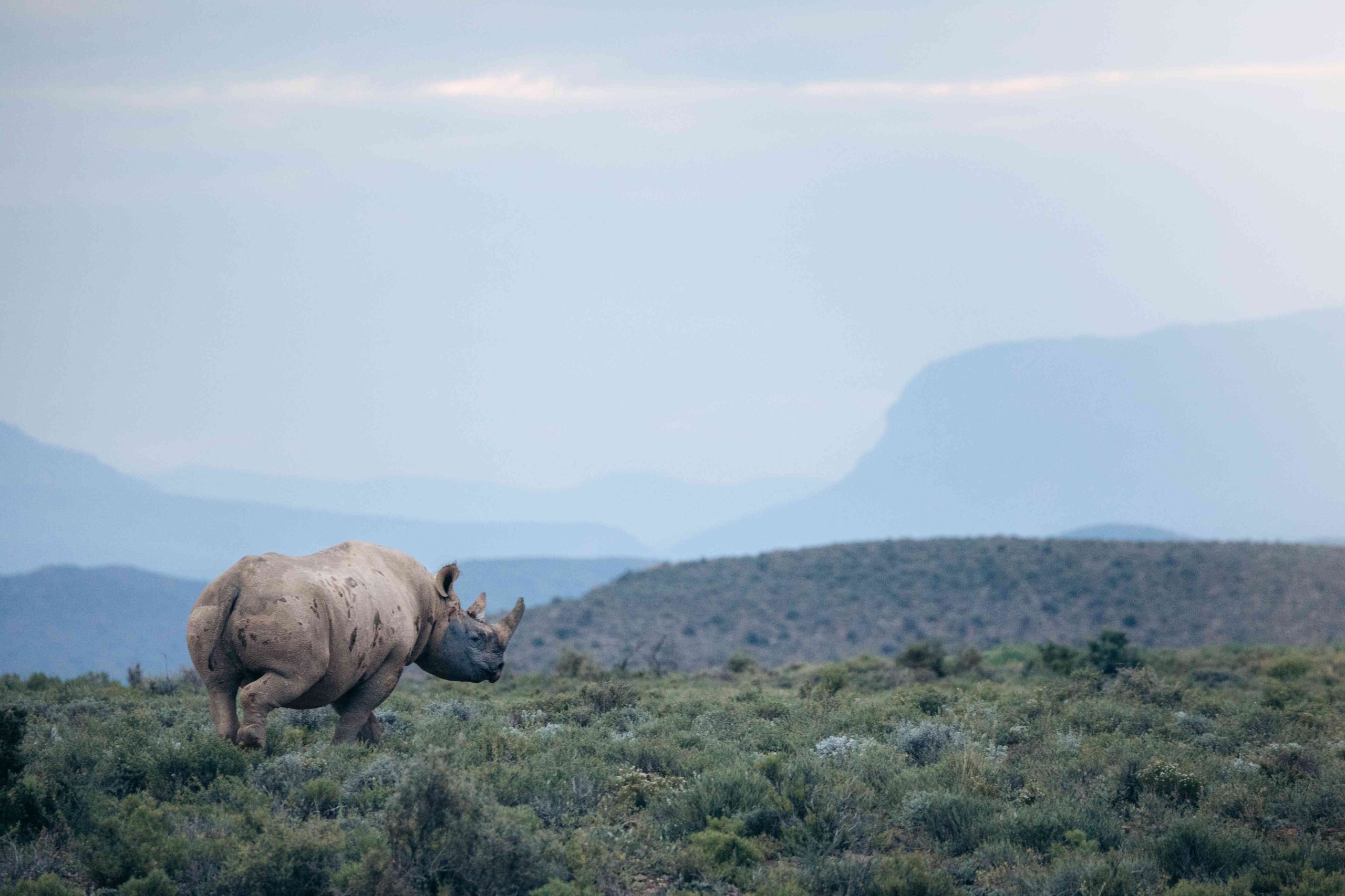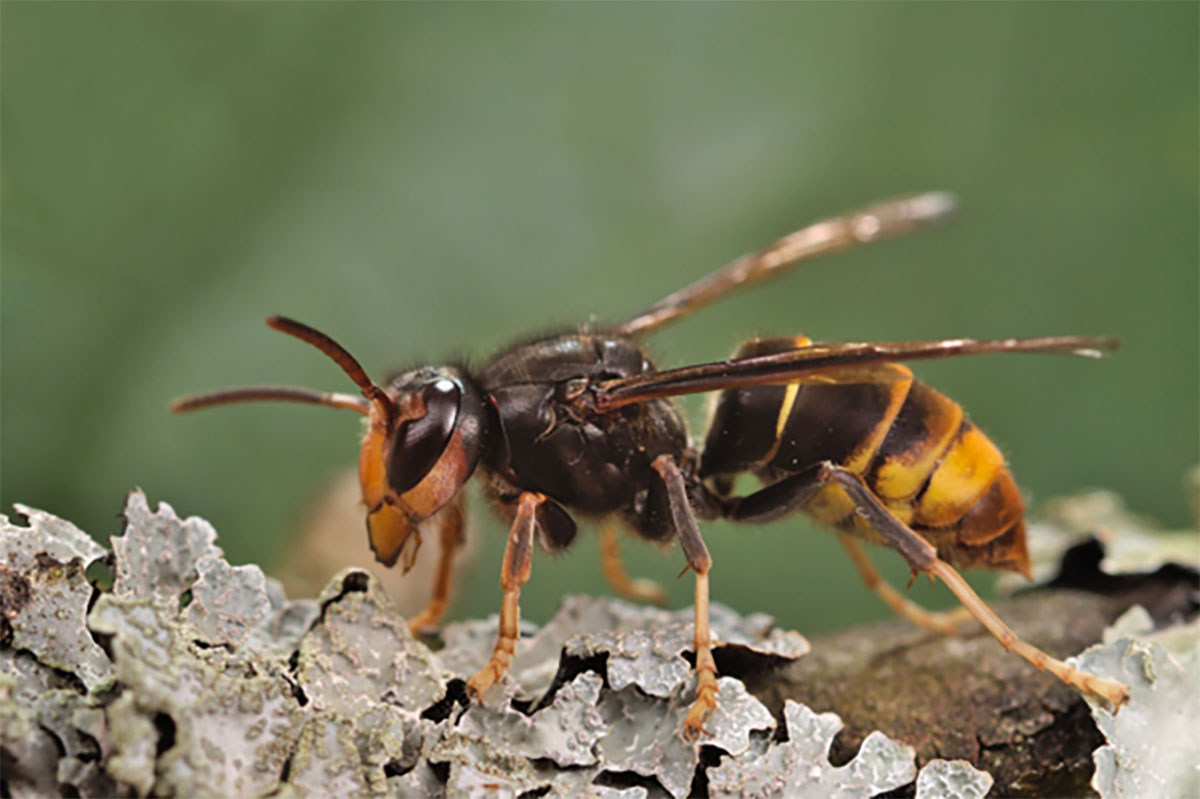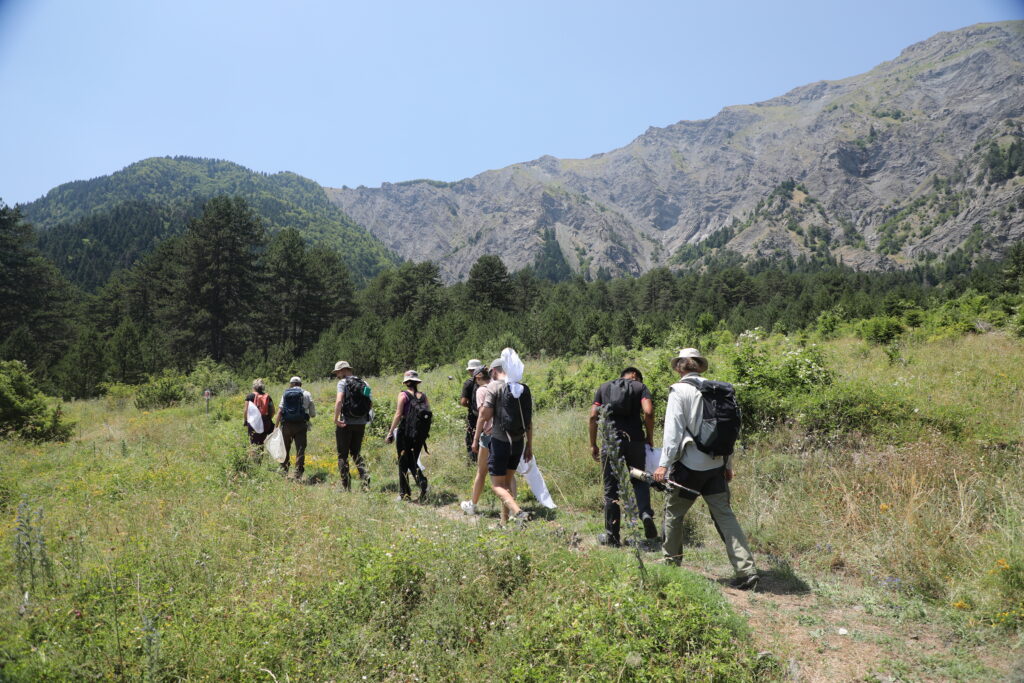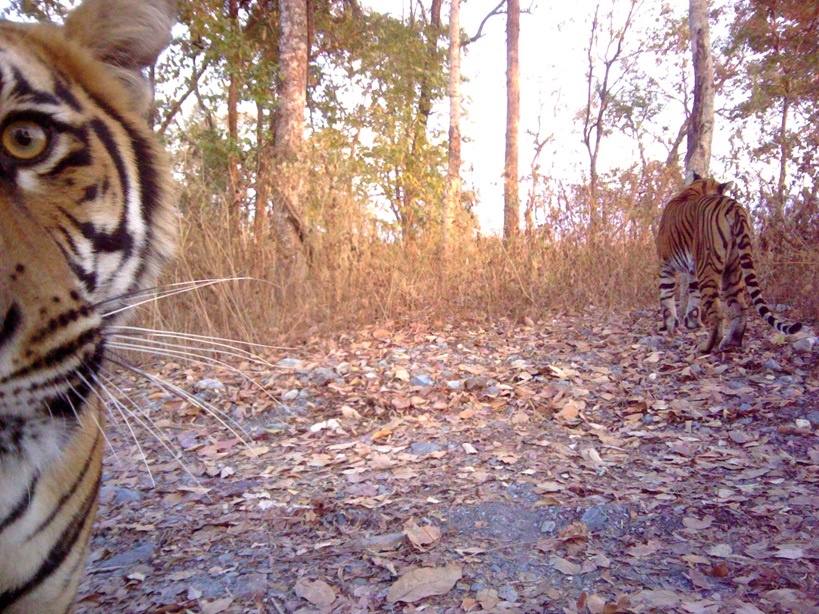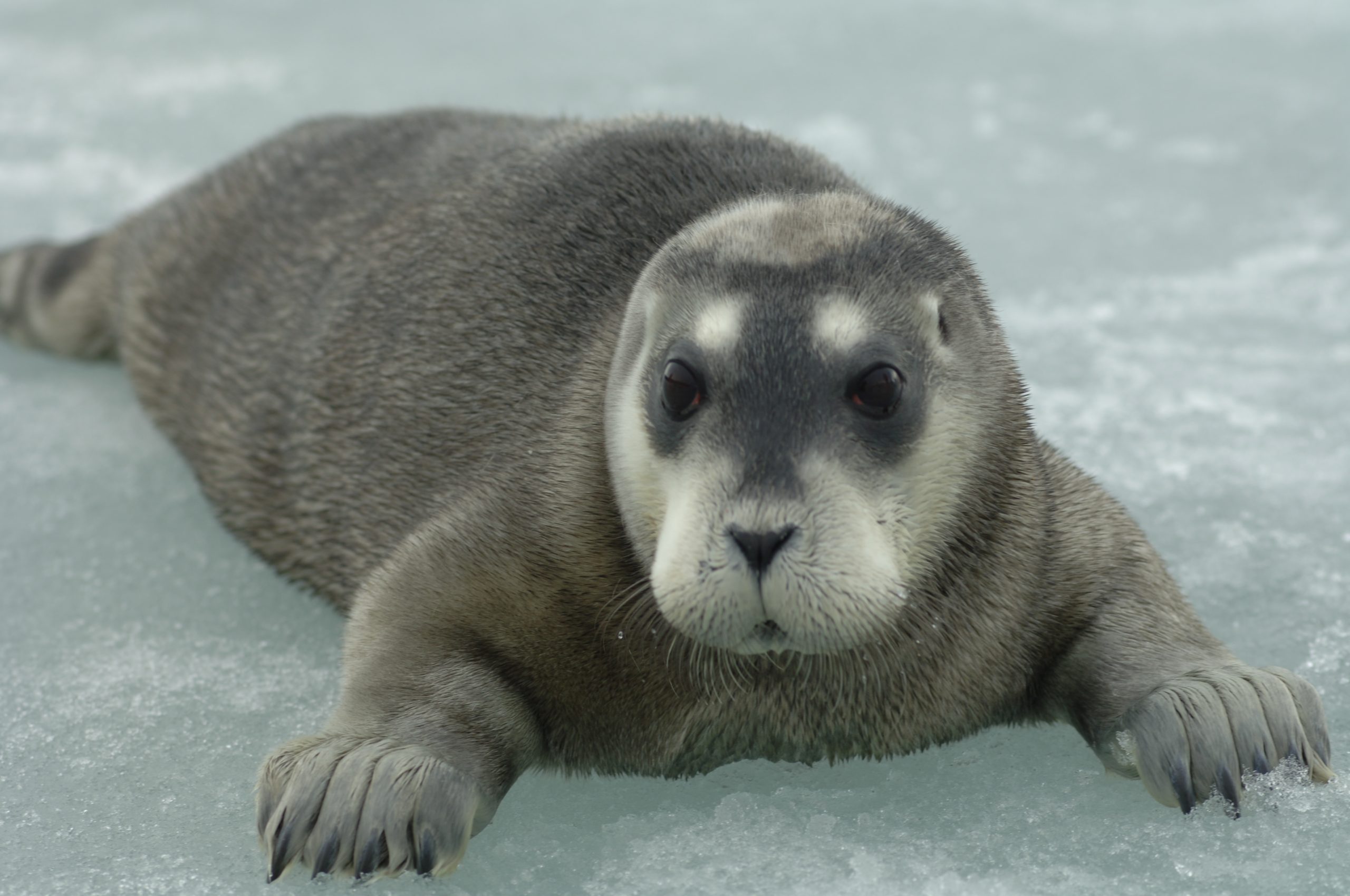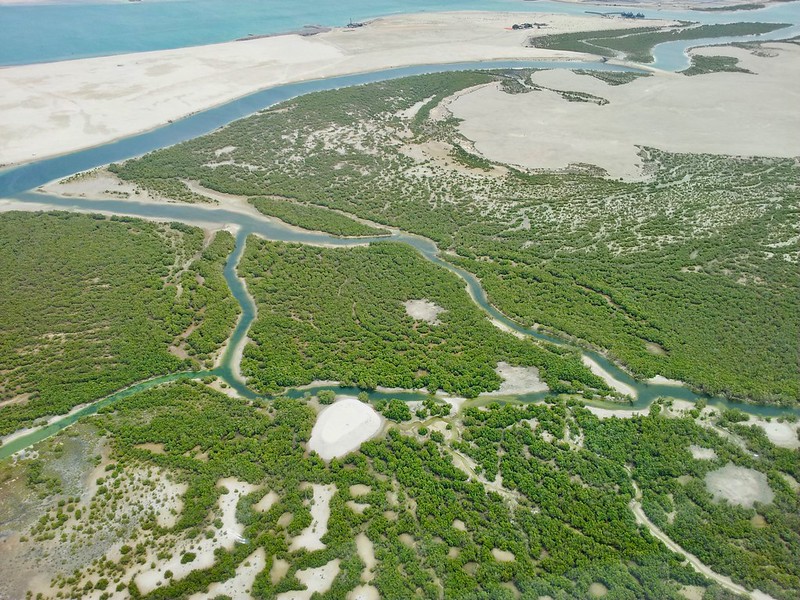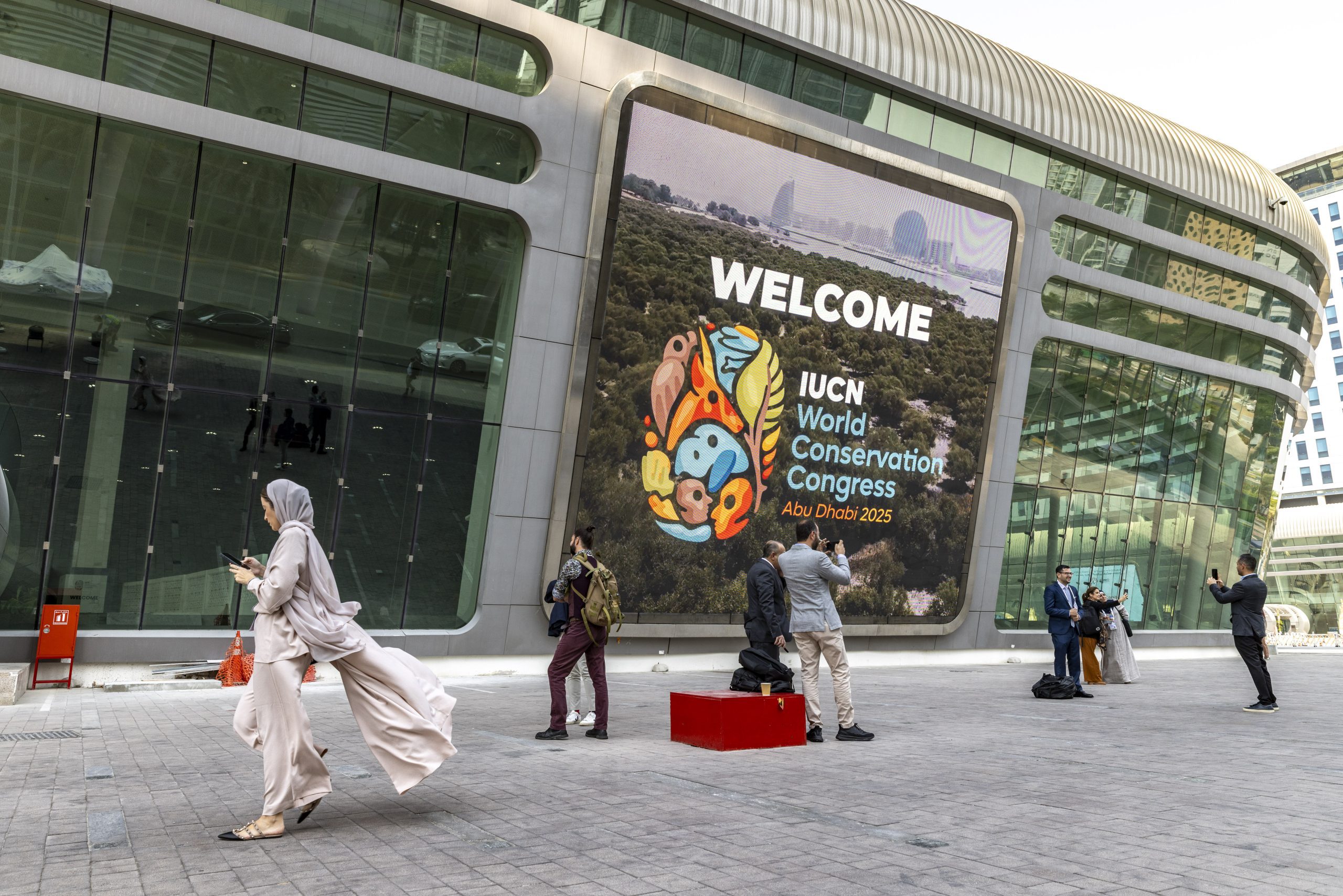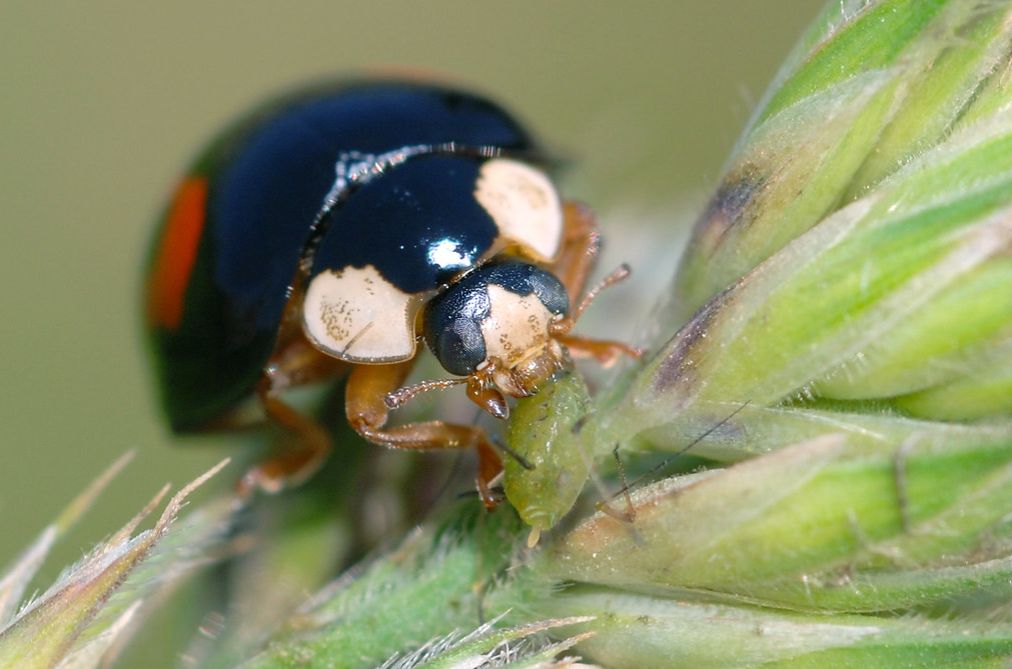Rwanda is set to plant more than 65 million seedlings during the 2024-2025 period as part of its ongoing efforts to combat deforestation and promote environmental sustainability. The International Union for Conservation of Nature (IUCN) will play a central role as a key partner in this ambitious reforestation initiative. The Ministry of Environment, Government of Rwanda, along with numerous partners including IUCN, national and international non-governmental organizations, civil society organizations, youth and women’s groups, and thousands of residents from Rwamagana District, Kamamana Village in Eastern Province, participated in the launch of the 2024-2025 national tree planting season.
Rwanda to Plant Over 65 million Seedlings in 2024-2025, with IUCN as a Key Partner
